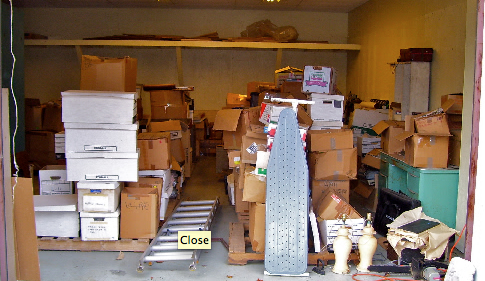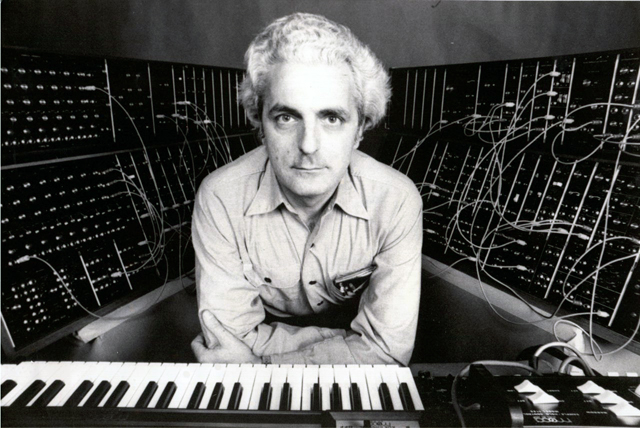Jason Sandford
Jason Sandford is a reporter, writer, blogger and photographer interested in all things Asheville.
 The press release is below. It’s an interesting announcement, considering the controversial announcement mad last year by the widow of Bob Moog, who donated the inventor’s archives under her control to Cornell University Library. For several years, The Bob Moog Foundation, run by his daughter, Michelle, had been working on preserving those archives. Michelle Moog disagreed with that decision.
The press release is below. It’s an interesting announcement, considering the controversial announcement mad last year by the widow of Bob Moog, who donated the inventor’s archives under her control to Cornell University Library. For several years, The Bob Moog Foundation, run by his daughter, Michelle, had been working on preserving those archives. Michelle Moog disagreed with that decision.
But it looks like the Moog Foundation has significant archival material of its own, and has added to that:
Moog Apollo, Prototype Liberation, Prototype Drum Controller, Moog Vocoder Join Growing Archive
Michelle Moog-Koussa, executive director of the Bob Moog Foundation™ (BMF) and daughter of inventor Bob Moog, today announced additions to the Asheville-based foundation’s archives including:
Over 1,000 schematic drawings from 1965 to 1985;
Several rare prototypes, including:
a Moog Apollo synthesizer (the Apollo became the prototype for the Polymoog),
the Moog Liberation
the Moog 1130 Drum Controller
Moog Sequencer
Moog Song Producer
Moog Feedback Suppressor
Production models of the Minitmoog, and a Moog Vocoder.
The announcement was made on the first day of NAMM, an annual gathering of the music manufacturing industry, which attracts 100,000 people over the weekend.
“These instruments and drawings join our growing collection of treasures that includes, among other items, Roger Powell’s custom dual-keyboard controller, designed by Bob; a duophonic Minimoog; and two vintage theremins. We are thrilled with the ongoing interest our archives are generating from organizations and individuals,” Moog-Koussa said.
These additions to the BMF’s collection of historic documents and musical instruments come on the heels of the BMF’s receipt of a permanent loan of vintage instruments by the Music Department of University of North Carolina at Greensboro in December 2013. (Click here to read more about that donation).
Moog-Koussa said that 400 of the more than 1,000 documents received in this latest contribution have already been inventoried and entered into a searchable database.
“But that’s just the beginning,” she said. “We will soon begin the most detailed, formalized and time-consuming part of the archiving process – cataloguing. It takes time to do it right, and these materials are too important not to do it right.”
She anticipates that the cataloguing process will take between 12 and 18 months to complete. After that, the documents will be scanned and the most significant of them shared.
“Creating a wide-ranging collection that includes not only his work, but also the work of those he influenced is the goal of the Bob Moog Foundation. It is from this perspective that we can achieve the truest picture of his life’s work and ultimately appreciate his contributions to science and music,” she said.
“Bob was generous with his talent and knowledge; inspiring others fueled his own creativity,” Moog-Koussa said. “We are doing that every day at BMF, just a little differently.”






















